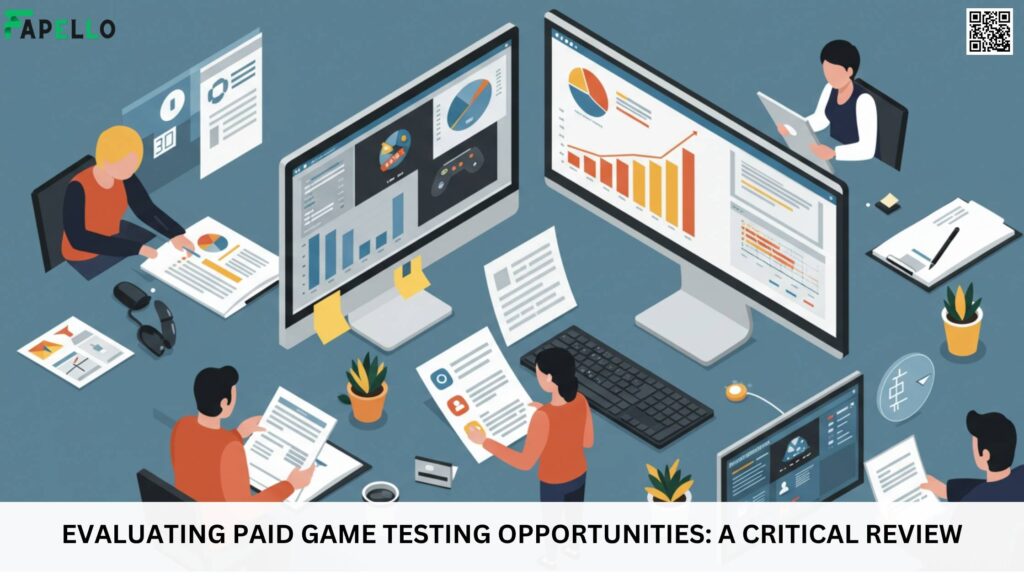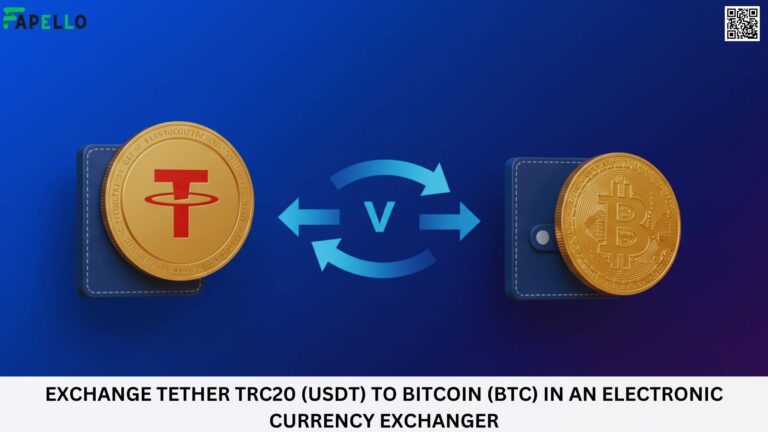The procedure of acquiring people to test games for pay has been a specialty niche within the broader video game industry.
With digital entertainment expanding at lightning speed and pressure piling up on studios to refine quality, usability, and performance prior to game release, developers currently outsourced these tasks with ease.
Forced testing of games offers not just economic motive for takers but also product assurance for producers. In order to understand the fundamentals of such an arrangement, one must first place value on its definitions, purposes, and potential economic implications in context.

The Function and Purpose of Paid Game Testing
To test games for money is advantageous to producers in several fundamental ways. It provides a managed method of finding bugs, hidden failures, and usability problems in the field outside of the lab.
Automated tools can flag egregious code errors, but human testers deliver a nuanced sense of gameplay flow, user interaction, and difficulty balance.
Focusing on these nuances, testers deliver improvements that machines can’t easily spot. Hence, rewards do not just accrue for time spent but for tangible value in sophistication—attaining product viability in broader market segments and reducing risk of development.
For the player, the draw of earning dollars from gameplay is tangible. Completing surveys, reporting glitching, and experimenting with different game modes all reward in dollars.
For most—students, part-time workers, or hobbyists—this income stream provides supplemental assistance with minimal barriers to entry. The convergence of deliberate work and personal interest enables a comfortable synergy of work and play.
Additionally, understanding about expectations, payment structures, and job descriptions plays into the feasibility of such endeavors. Normative frameworks in contracts and platform policies also establish the fairness and accessibility of such endeavors today.
Economic Realities and Incentive Structures
Monetary compensation for game testing is highly unpredictable. Flat fees per session are paid by some, rewards for outputs such as final reports or milestone achievement by others.
More complex pieces of work, such as large usability studies, receive higher prices than pure bug-finding. The standard pay typically falls below that of classical freelance, but compensates when balanced against flexible schedules and low entry points.
In relative terms, income equates to low hourly wages in traditional part-time roles, yet are desirable given that they are convenient and non-obligatory qualification-wise.
Nevertheless, reward systems are a major catalyst of lacuna filling within the development process.
With closing deadlines, companies tender best rates or incentives for quick testing. Challenge- or curiosity-motivated individuals might undertake these assignments even at low levels of compensation.
The symbiotic relationship—availability of testers and fluctuating demand from the studios—is a dynamic marketplace. Professional testers who are found to be consistent and hardworking can get invitations to future projects, increasing their earning capacity and professional reputation.
Stakeholders and Their Interactions
The concept of paid game testing requires an analysis of the respective stakeholders and their interaction. On the one hand, studios, publishers, and indie developers require external verification to expose edge-case issues that the internal teams will not notice.
They depend on unbiased testers with no preconceived ideas about game functionality, unencumbered by knowledge of motive behind design. On the other hand, third-party agencies and platforms get together groups of testers, assess design testing procedures, and implement distribution of workload.
They broker agreements with testers, assist with adherence to non-disclosure agreements, and mediate deliverables.
Members reciprocally move through various levels. They read instruction instructions, execute test scripts, record proof of outcome, and often sign assent to confidentiality agreements.
Accuracy, clarity, and completeness of reports quantify their performance and determine whether to be reassigned to subsequent tasks.
The entire symbiotic process is based on trust, management of expectations, and assurance of quality. Platform reputations are ruined when disruptions occur, such as miscommunication or late payment. For this reason, administrators establish rating systems and dispute resolution protocols to maintain integrity.
Challenges and Ethical Concerns
Though appearing appealing, paid game testing is beset with challenges. Testers may be afflicted with repetitive work, unclear instructions, or narrow schedule constraints.
Certain projects entail repetitive replay of the same sequences to simulate bugs, necessitating patience and precision. As this continues, developers may find it tricky to weigh tester feedback against technical constraints and aesthetic design intention. Sustaining tester diversity—between platforms, demographic groups, and gameplay styles—is essential to comprehensive coverage but difficult to coordinate.
Ethical concerns exist regarding equitable compensation and openness. Testers gain flexibility but risk losing protections typical of regular employment, i.e., minimum wage provisions or social benefits.
Developers and platforms accordingly have an obligation to guarantee fair treatment, open communication, and payment reliability. High‑quality platforms set minimum lines below which payment cannot fall, and make clear agreements to avoid exploitation.
Real‑World Scenarios and Illustrative Examples
Suppose a stand‑alone development studio is set to release a narrative‑driven puzzle game on multiple devices.
Seeking diverse feedback regarding puzzle difficulty, readability of text, and compatibility with old hardware, the developers hire the services of a test platform. The tasks they devise include completing each play level in a specific amount of time, recording each crash or display glitch, and posting anonymous ratings for participation in story.
Testers receive little pay per task completed, supplemented with performance bonuses for full data and video logs of bugs.
Otherwise, a major publisher preparing for a blockbuster multiplayer release sends out testers by invitation sent over online forums. The work is server response time testing, matchmaking evenness, and early detection of malicious activity.
Due to the scale and magnitude of the release, the testers are compensated above market rate per hour. Participants with the same level of hardware setup and quality feedback are regularly invited for priority testing stages and granted privileged content access.
Assessment of Risk and Viability
Assigned activities can pose operation risks. Testers must not share information that is proprietary, as unauthorized disclosure may threaten marketing strategies or destroy user experience.
Consequently, they usually sign agreements limiting public discussion until the date of official release. Data integrity is also a concern: testers may give false reports or simulated performance levels.
Methods such as device fingerprinting, video evidence requirements, and tiered quality inspection reduce such risk. These practices collectively ensure validity and credibility.
For testers, viability hinges on platform stability, fair pay, and clear tasks. Admissions filtering into reputable programs—those with transparent payment schedules, established records of accomplishment, and encouraging feedback mechanisms—maximizes long-term earning potential.
For developers, an active, diverse tester pool allows for iterative improvement and reduces support costs by correcting errors before release.
Conclusion and Forward Outlook
Paid game testing is increasingly a more strategic position within the digital entertainment ecosystem. It must reconcile developer demands for objective quality assessment with gamer‑oriented incentives tied to flexible revenues.
Its success depends upon definitions of work being obvious, ethical remuneration, and good feedback systems. As game complexity continues to grow larger, there will always be a need for human‑driven testing, offering sustained opportunities for individuals and studios.
Over the next few years, advancements in remote collaboration tools, smart assignment matching, and data-driven feedback loops will further professionalize the industry. Balance of economic reward and gamemotivated interest may attract new testers, particularly as sites enhance protections and openness.
Fundamentally, paid testing of games is a realm where craftsmanship, curiosity, and economic potential intersect, and its future will be defined by technological development as well as by a focus on participant equity.
Source: Fapello






